Green Abalone Shell, Haliotis fulgens
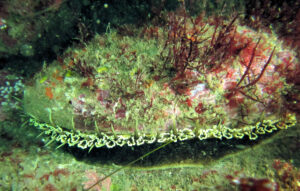 Green Abalone, Haliotis fulgens. Underwater photograph taken in the greater San Diego area, San Diego, California, October 2015. Photograph and identification courtesy of Bob Hillis, Ivins, Utah.
Green Abalone, Haliotis fulgens. Underwater photograph taken in the greater San Diego area, San Diego, California, October 2015. Photograph and identification courtesy of Bob Hillis, Ivins, Utah.
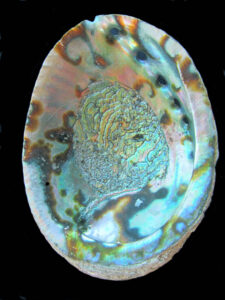
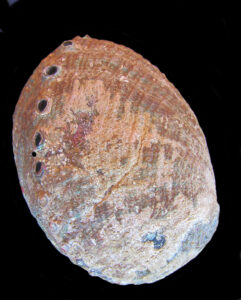 Green Abalone Shell, Haliotis fulgens. Shell collected off the beach in the greater San Diego area, San Diego, California, June 2008. Size: 17.8 cm (7.0 inches) x 13.1 cm (5.2 inches). Collection, photograph and identification courtesy of Bob Hillis, Ivins, Utah.
Green Abalone Shell, Haliotis fulgens. Shell collected off the beach in the greater San Diego area, San Diego, California, June 2008. Size: 17.8 cm (7.0 inches) x 13.1 cm (5.2 inches). Collection, photograph and identification courtesy of Bob Hillis, Ivins, Utah.
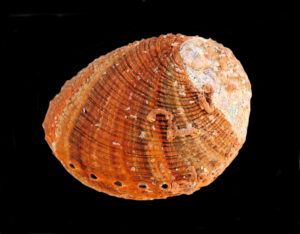
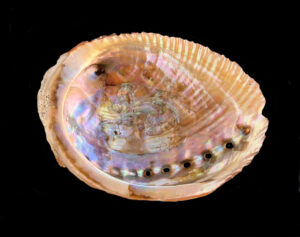 Green Abalone Shell, Haliotis fulgens. Shell collected off the beach in the greater San Diego area, San Diego, California, June 2008. Size: 17.8 cm (7.0 inches) x 13.1 cm (5.2 inches). Collection, photograph and identification courtesy of Bob Hillis, Ivins, Utah.
Green Abalone Shell, Haliotis fulgens. Shell collected off the beach in the greater San Diego area, San Diego, California, June 2008. Size: 17.8 cm (7.0 inches) x 13.1 cm (5.2 inches). Collection, photograph and identification courtesy of Bob Hillis, Ivins, Utah.
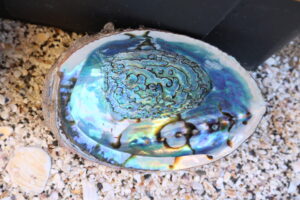 Green Abalone Shell , Haliotis fulgens. Collected from coastal waters of Bahía Santa Rosalillita, Baja California, August 2019. Collection, photograph and identification courtesy of Barry Mastro, Escondido, California.
Green Abalone Shell , Haliotis fulgens. Collected from coastal waters of Bahía Santa Rosalillita, Baja California, August 2019. Collection, photograph and identification courtesy of Barry Mastro, Escondido, California.
The Green Abalone, Haliotis fulgens (Philippi, 1845), is a gastropod mollusk that is a member of the Haliotidae Family of Abalones. They are also known as the Blue Abalone and in Mexico as abulo’n azul. The shell has a slightly lower profile than most abalones in the region. The exterior of the shell is sculpted with numerous, low, spiral ribs and five or six slightly raised open holes, and many shells have a notch at the margin and often heavily overgrown or eroded. The exterior is reddish-brown in color; the interior is highly iridescent blue green, with pink tones. Some specimens show brown blotches. Living shells have a brownish, fringed, mantle with white trim and light gray tentacles. Green Abalone reach a maximum of 22.5 cm (8.9 inches) in length and 16.6 cm (6.5 inches) in height.
Green Abalone are found attached to, and under, rocks, and in crevasses, from the tidal zone to depths of 18 m (60 feet). They range from Central California to Magdalena Bay, Baja California Sur; they are absent from the Sea of Cortez.
Synonyms include Haliotis planilirata and Haliotis splendens.